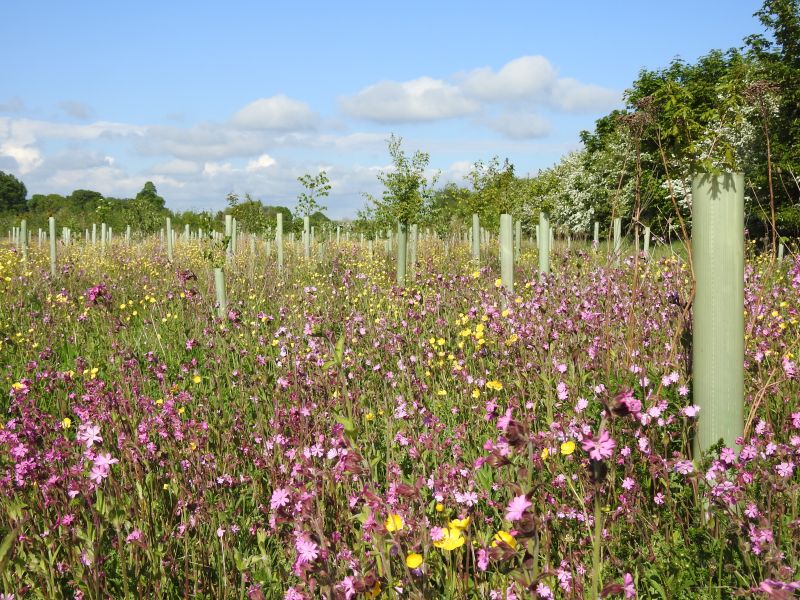
A Yorkshire farmer has used a unique farming technique to turn 74-acres of his land into an impressive wildflower woodland.
A picture perfect swathe of wildflowers has swept across farmland close to York, but the scene does not tell the whole story.
The flowers are blooming as the result of Alwyn Craven and his mother, who own more than 120-acres of land at Home Farm, at Huby, and are turning most of it over to nature.
As well as planting hundreds of trees, they are using a technique known as “soil inversion” - using a one metre deep plough to turn over the soil burying weed seeds and fertile soil.
This is followed by spreading wildflower seeds over the ground and tree planting. It creates what is known as “forests of flowers”.
This creates reduced fertility on the surface which allows the wildflowers to thrive, bringing in many thousands of insects to feast on nectar and pollen.
Mr Craven studied at Kew Gardens and came back to the farm just a couple of years ago. He was concerned about the lack of wildlife and poor state of the soils.
He said he was interested in the forest of flowers (FoF) sites he had seen elsewhere in Yorkshire and sought advice from the Woodland Trust.
He said: ”When I came back to the farm, I looked around and saw that certain farming methods were detrimental to flora and faunas and I wanted to do something about it.
”I am passionate about conservation – a high number of our wildflower meadows have been lost and I wanted to see what I could do to help it. The soil inversion technique promotes the growing of wildflowers around the strategic planting of trees”
He added: “It’s exciting times as Home Farm is rapidly changing. Not only are the trees growing up, we are seeing a rapid increase in the numbers of insects, butterflies and bees due to the abundance of wild flowers.”
The tree planting was funded through monies from the Woodland Trust and Forestry Commission.
